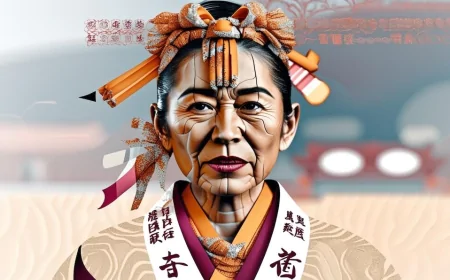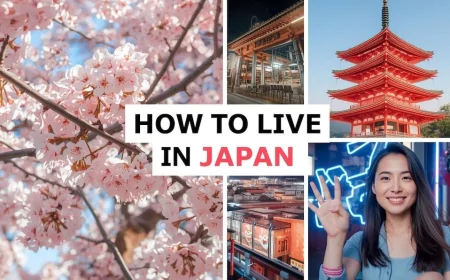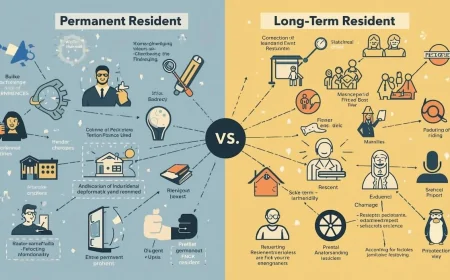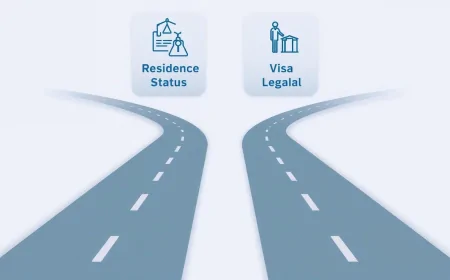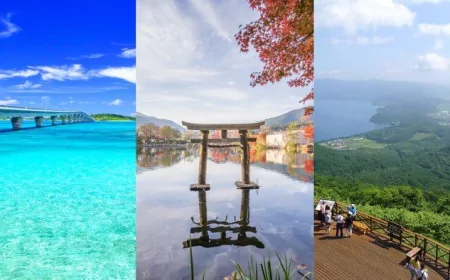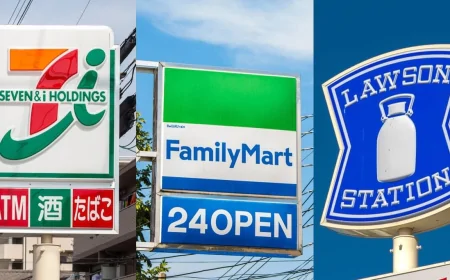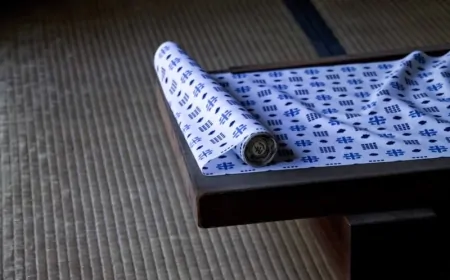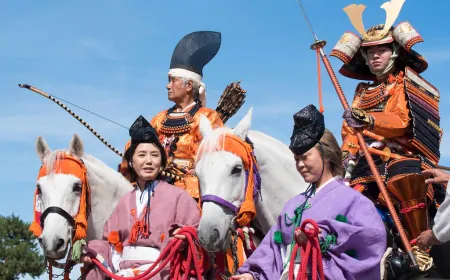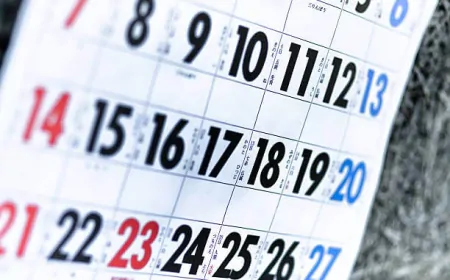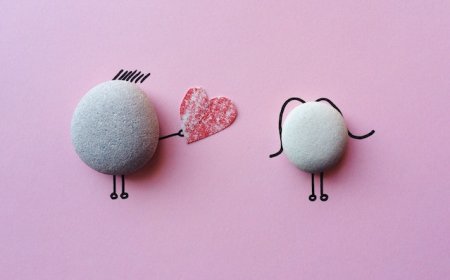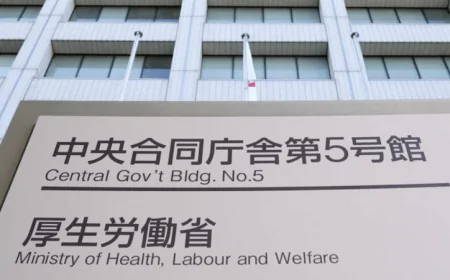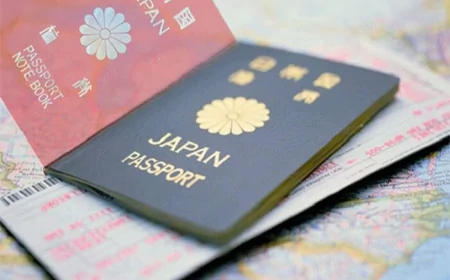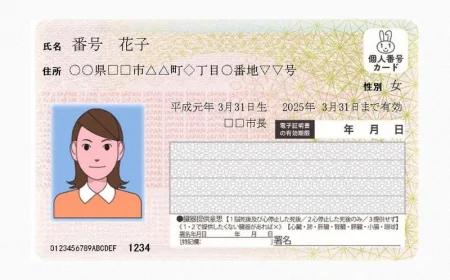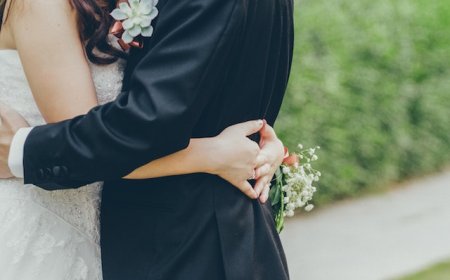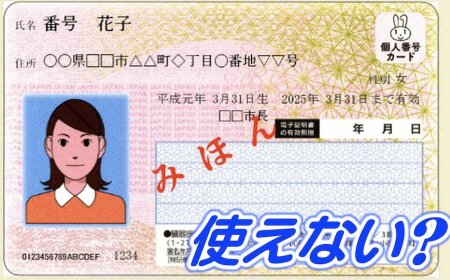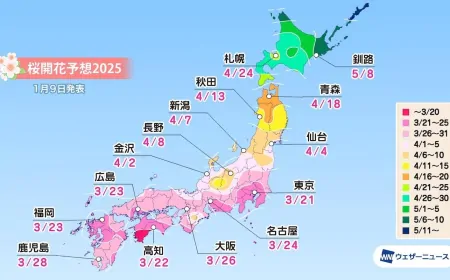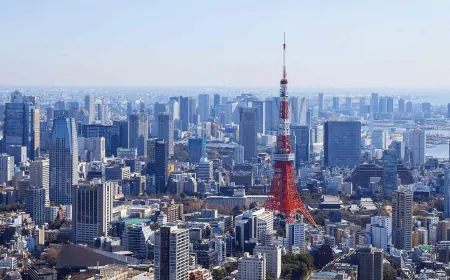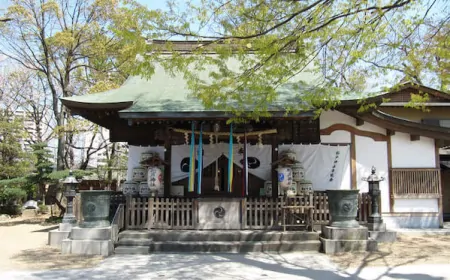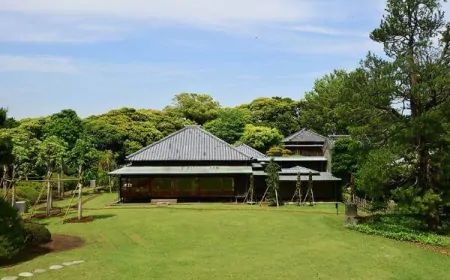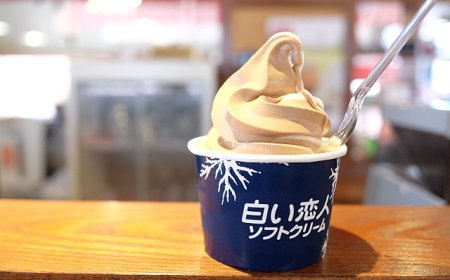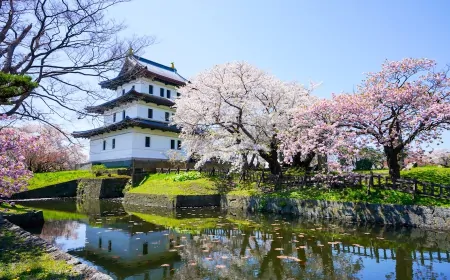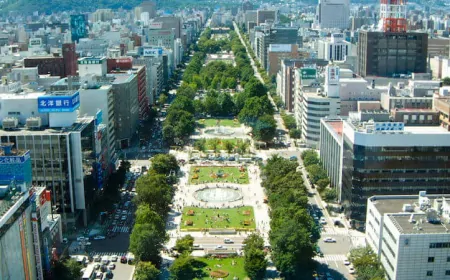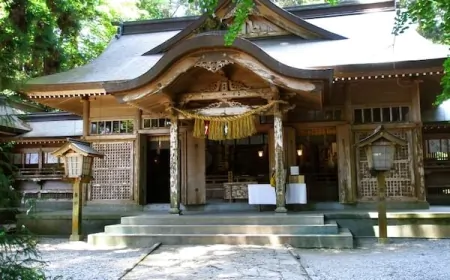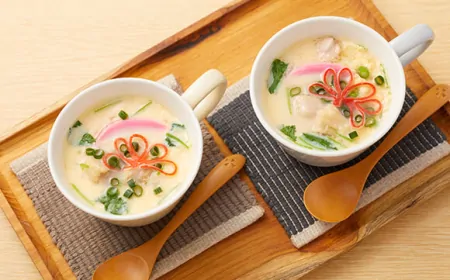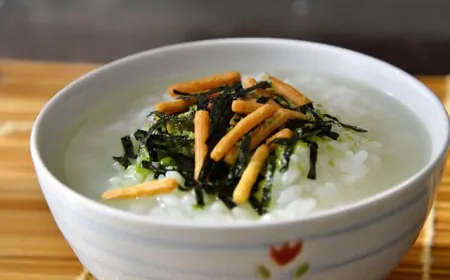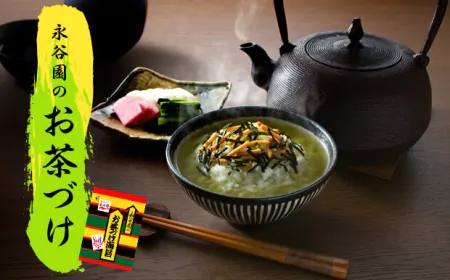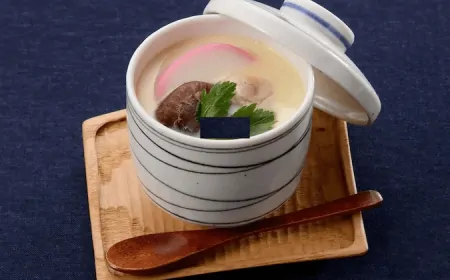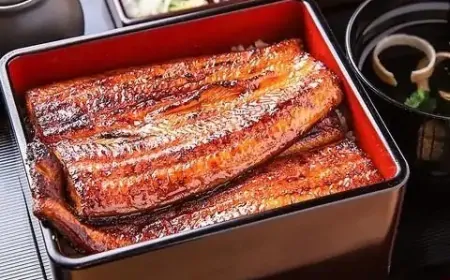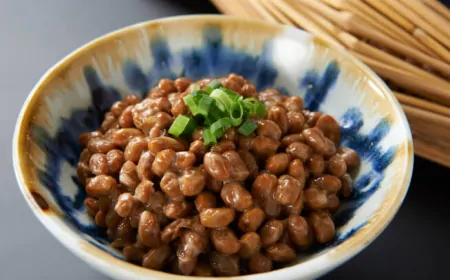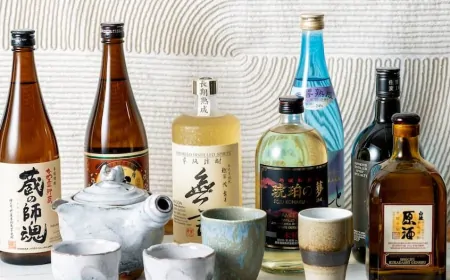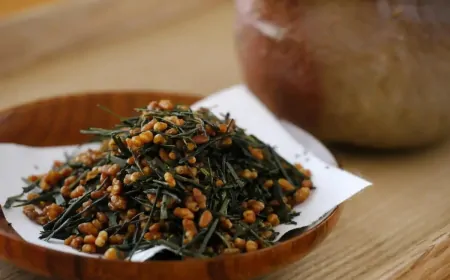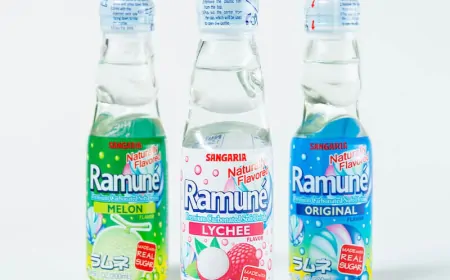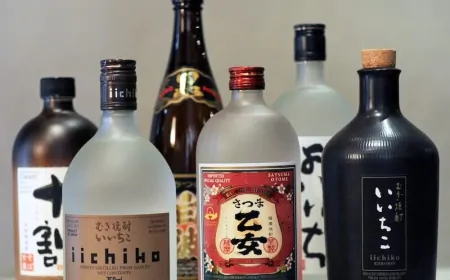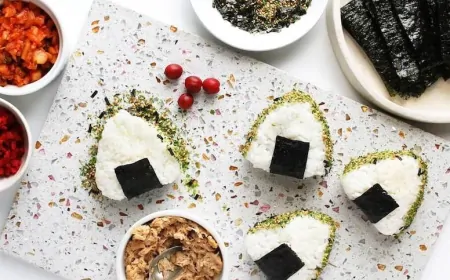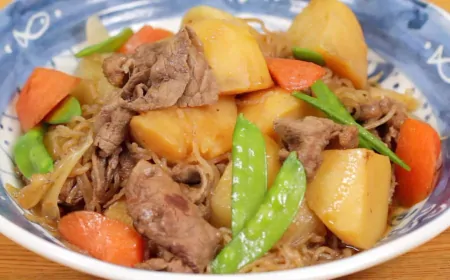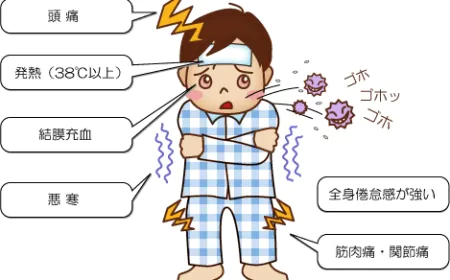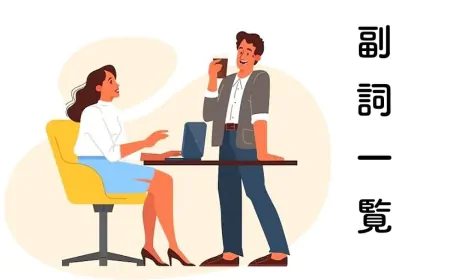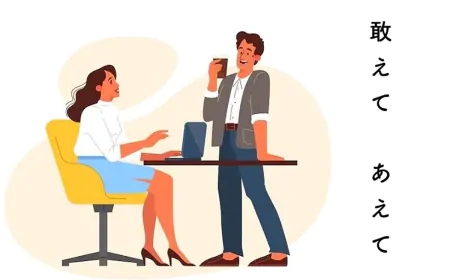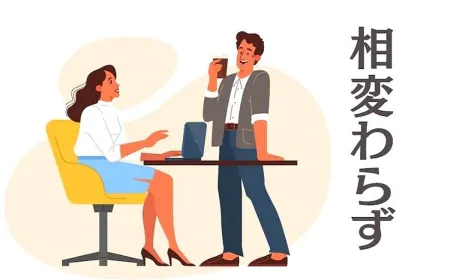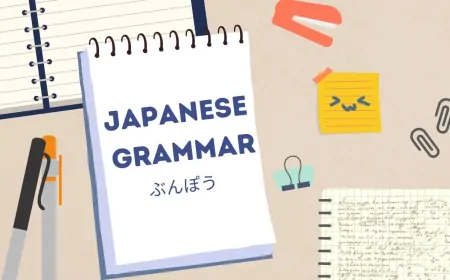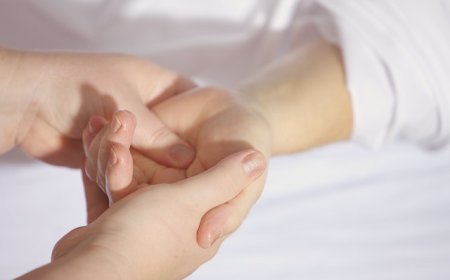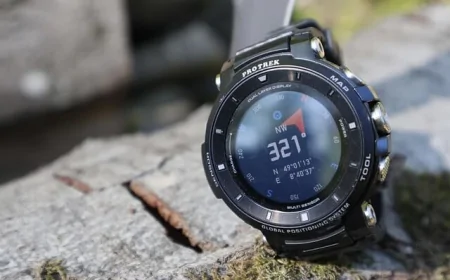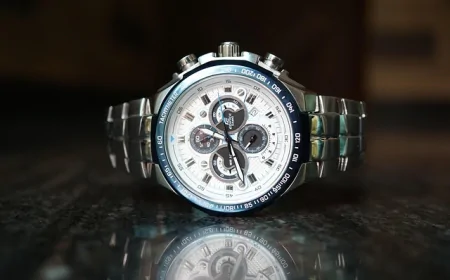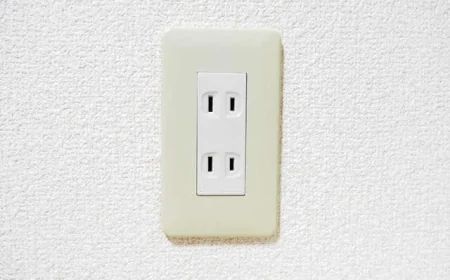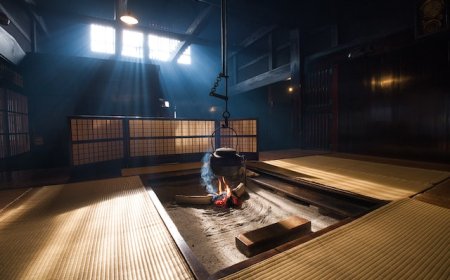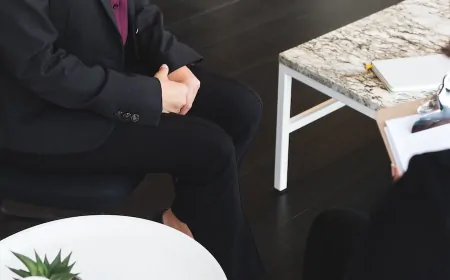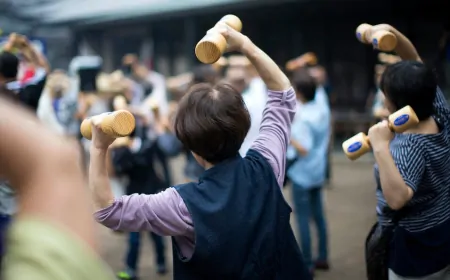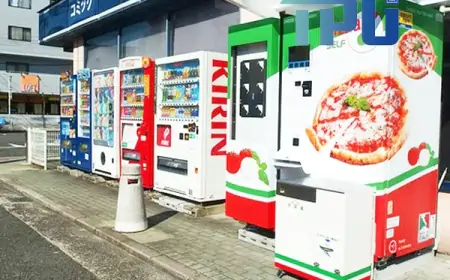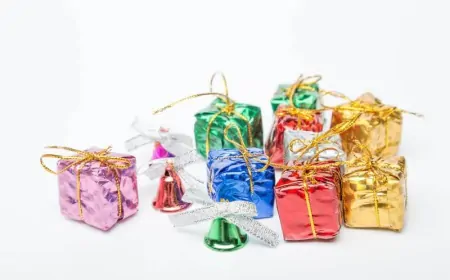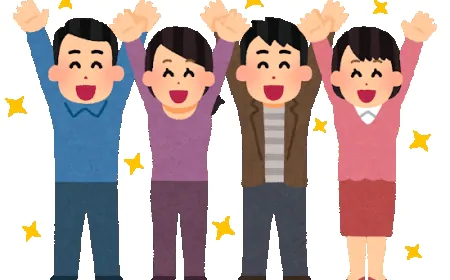What is "sama"? What is the meaning and usage of "sama"?
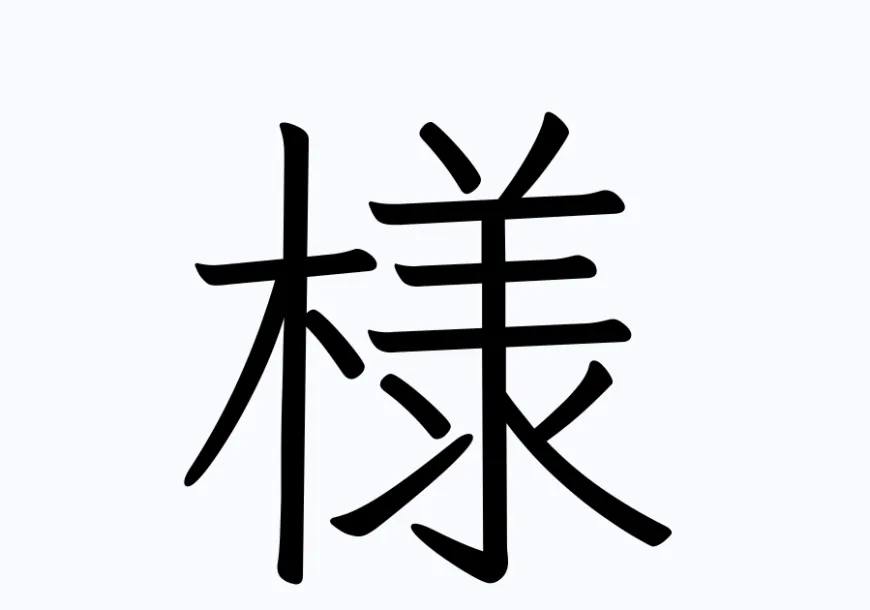
If you have ever watched a Japanese anime or drama, you have probably heard the word "sama". Usually, this word is placed after the name of a character or other person. However, the subtitles do not provide any explanation of the specific meaning or usage of "sama". For those who have just started learning Japanese or are new to Japanese culture, they often have questions about the usage and meaning of "sama".
Meaning and Usage of "sama"
Japanese is a very complex language, and the correct use of honorifics is a particular challenge for new learners. How you address someone and use honorifics is very important. Calling someone by their last name or first name alone is called "yobisute" and is considered rude. It is generally polite to use honorifics such as "san", "kun", and "chan".
Among them, "sama" is the most formal honorific. This honorific is used to show the utmost respect to the other person or a third party. Specifically, "sama" is equivalent to "Mr.", "Mrs.", "Ms.", and "Miss" in English.
"Sama" is mainly used for people who are higher in rank than you, customers, and sometimes people you respect. It can also be used for family members, but this is mainly seen in anime and manga. The cute and friendly version is sometimes called "chama".
How to use "sama"
"Sama" is added to the end of a name, like "Mr." or "Mrs.", to show politeness and respect. For example, it is used like "Tanaka-sama" or "Yamada-sama". In this respect it is similar to "san", but "sama" is more formal and is used especially for people who are higher in rank than you. In business situations, the expression "customer" is common, with "o" added to show even more respect.
Use in business and service industries
"Sama" is often used especially in business and service industries. For example, in hospitality and service industries, customers are addressed by their name or "customer" with "sama" added. In high-end restaurants, hotels, and stores, staff call customers "customer" or "okyakusama". This expression reflects the basic idea of the Japanese service industry that "the customer is God."
Also, at events and meetings, all participants are sometimes referred to as "Minasama." "Mina" means "everyone," and adding "Sama" shows even more respect. This is the equivalent of "Ladies and Gentlemen."
Use in daily life
"Sama" is used not only in business situations, but also in daily life. For example, it can be used with family and close friends, but it is more common to use "san" or "chan."
"Sama" is also used for sacred beings and respected people. For example, "God" (kamisama), "Buddha" (hotokesama), and "Jesus-sama." "Kamisama," which is often heard in anime and manga, is used in this way.
In addition, "Sama" is sometimes used to refer to pets and objects. This is to express affection or humor. For example, adding "Sama" to a pet's name makes it special.
The difference between "san" and "sama", and between "tono" and "sama"
Both "san" and "sama" are honorifics, but "sama" is more polite and formal. For example, "sama" is used in business situations, and "san" is used in everyday life.
On the other hand, "tono" is an old honorific that was mainly used for feudal lords. "Tono" is less formal than "sama" and often indicates equal status.
Related Products

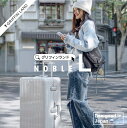


![【ふるさと納税】スーツケース [PROEVO-AVANT] フロントオー...](https://thumbnail.image.rakuten.co.jp/@0_mall/f405221-oki/cabinet/07205886/ay_sku/ay-s0005_00_v2.jpg?_ex=128x128)



